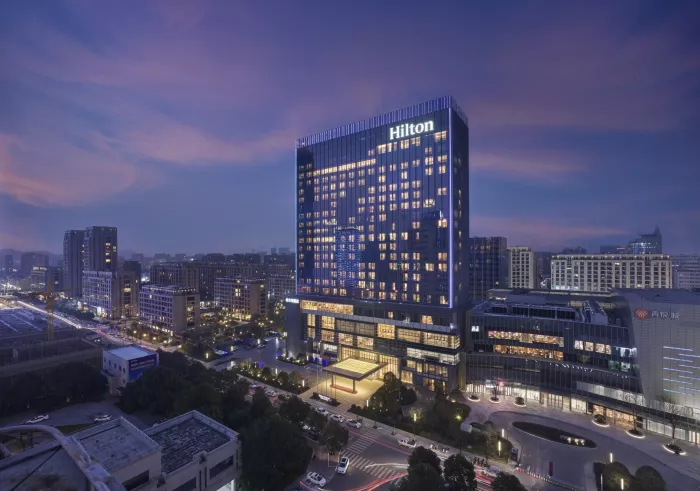Hilton’s recent financial performance in China has raised eyebrows in the hospitality industry. According to its Q1 2025 financial report, while the global RevPAR (revenue per available room) grew by 2.5%, the company’s China operations saw a 3.1% decline in the same metric. This downward trend isn’t new; the decline was also evident in 2024. Other international hotel groups are experiencing similar challenges.
Analysis of RevPAR Decline in Hilton’s China Operations
Understanding RevPAR and Its Calculation
RevPAR is a critical metric for evaluating hotel performance, calculated by dividing total room revenue by the number of available room nights over a specific period. In financial reporting, it’s based on “comparable hotels,” defined as those that have been operational for at least a full year without significant changes in brand or ownership, and without major capital projects or business interruptions.
The dynamic nature of the hotel industry means that the pool of “comparable hotels” changes with new openings. For instance, the “comparable hotels” for Q1 2025 were those open before January 1, 2024, while those for Q1 2024 were open before January 1, 2023. This shifting baseline can distort year-over-year comparisons, especially if there’s a significant influx of new hotels in a particular year.
Changes in Hilton’s Brand Portfolio in China
A closer look at Hilton’s operations in China reveals a notable shift in its brand mix. By the end of 2023, Hilton operated 600 hotels in China, with about 100 new openings that year. Notably, only a handful of these were high-end full-service brands like Waldorf Astoria and Hilton, while 68 were Hilton Homewood Suites, and other select-service brands also saw double-digit growth.
This shift towards select-service brands like Hilton Homewood Suites and Hilton Garden Inn, which have a lower average RevPAR compared to full-service brands, has altered the composition of “comparable hotels.” This change in brand mix is a significant factor affecting the year-over-year RevPAR figures.
Impact of Brand Performance on RevPAR
The performance gap between different brands is stark. In Q1 2025, Hilton’s flagship brand reported a RevPAR of $125.57, while Homewood Suites had a RevPAR of $80.95, just 64.5% of the former. Similar disparities were seen in 2023, where Hilton’s RevPAR was $128.33, and Homewood Suites’ was $86.68, or 67.5% of Hilton’s.
A rough estimation considering the influx of new select-service hotels in 2023 suggests that the inclusion of these hotels in the “comparable” pool could lower the overall RevPAR by about 3%, aligning closely with the reported 3.1% decline.
Conclusion
The decline in Hilton’s China RevPAR isn’t solely due to external market factors like over-supply. It’s significantly influenced by the internal shift in its brand portfolio, with a rapid increase in select-service brands and a corresponding decrease in full-service brands. This change has altered the composition of “comparable hotels,” impacting the year-over-year RevPAR figures.
Other international hotel groups are navigating similar challenges, and the industry will continue to monitor these dynamics closely. Understanding these underlying factors is crucial for stakeholders aiming to grasp the full picture of the hospitality sector’s evolution in China.

